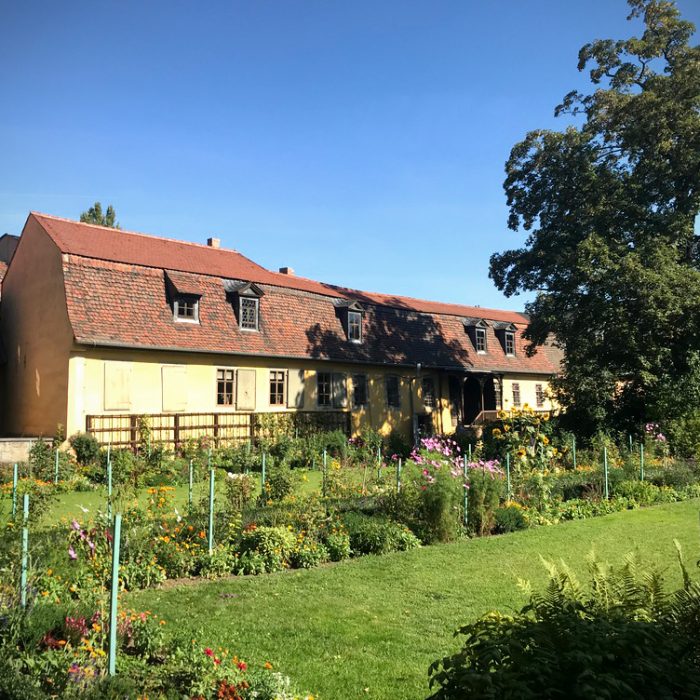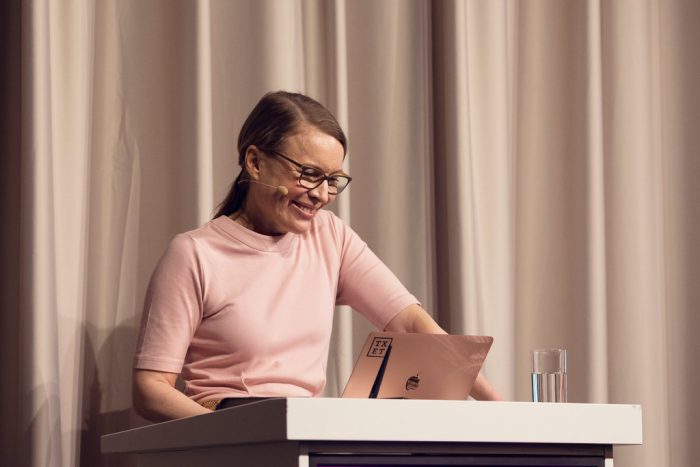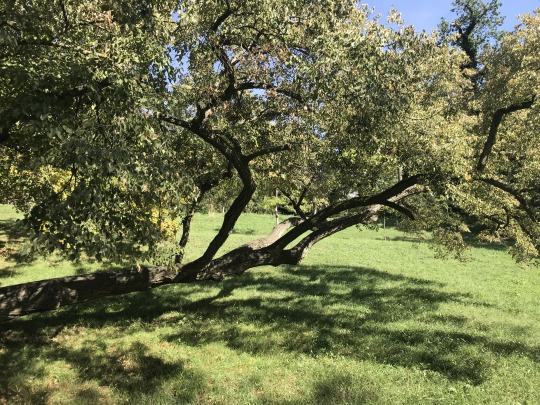
I am strolling through Goethe’s garden (as depicted) as I’m in Weimar, a small German city known for, well, Goethe’s œuvre and the Bauhaus university. It’s mid-September; summer is still in full blossom and makes us all feel like we could get used to this; this does not need to stop, ever. But it will, we all know it, the seasons won’t fool us. But we like the idea of being fooled, even for a couple more weeks.
One and a half months later—October’s in its final hours as I type this—I peel myself out of bed and turn on the radiator; I have my gloves and thermal underwear in place and switched from iced coffees to hot tea. But outside, I still cycle through golden, leave-paved streets on Urbanstraße, which is delightful and makes the thought of the upcoming months more bearable.
I am happy to welcome you to another episode of this little gathering. Quite a few things happened during this summer; however, I wasn’t part of most of them. I was busy writing my Master’s thesis. While passing a couple of miserable moments (”Fuck this; nobody cares about my degree, let’s simply not finish it”, as well as “With this thesis I will go down as the first design student who failed and disappointed his supervisors in an abysmal manner”), I finished the book, I had it printed, I presented it in front of a room of intimidated undergraduates, and I passed. I was actually happy with the result. Lesson learned: Accepting that your own work is enough as it is, and trusting the people who tell you along the way that you are doing fine, could prevent a lot. Of. Stress.
During the thesis research as well as the writing as well as the miserable phases, I had two mantras pinned to my wall, hoping to find peace with both of them. One said “You are not special, work harder!”, the other one said “You are valid”. To cut a long, philosophical exploration short: I still haven’t found peace with neither of them. I don’t think I am special, but working harder isn’t always an option (sometimes, yes, but I carry a slight disbelief in the hard-work-can-get-you-anywhere-philosophy). Being valid, however, is a though one: Am I? Is that all enough? Is a book and it’s presentation in front of intimidated undergraduates and a good grade and a finished degree enough? I know that I myself am the person who can decide what’s enough, but how on earth am I supposed to know?!
[A lot of italics, this time. I am sorry. Maybe I should make this newsletter a podcast. (No.)]
The thesis was the main reason I didn’t get to jump into Berlin’s lakes during this summer’s heatwave. Very possibly, after nine years in Berlin, it was the first time I envied my friends and actually wished to refresh my media-theory-twined brain with a jump into cold water. But it’s okay. Maybe next year, or maybe never; maybe I really am not the person for lakes (that’s at least what I learned about myself every time someone convinced me to join them for a trip to Berlin’s outskirts).
I am trying to re-structure this monthly (or rather quarterly?) piece of writing little bit. You’ve already made it through the biggest part; the self-absorbed ramblings and updates on life and existence. What follows is a shorter part, where technology, design, culture and feelings are taking turns.
To keep it brief this time, I’d like to hand out two recommendations to add to your digital digest:
1) Spencer Tweedy restructured his newsletter as well and now sends out very brief and snackable observations. Subscribe here or delve through his online collection of words.
2) Perfect for quick lunch or dinner breaks home alone: The New Yorker’s Cartoon Lounge YouTube series. Everything is fun and witty and entertaining about it: The animated intro, the cartoons themselves, but especially the charming hosts Emma Allen and Colin Stokes. Watch the playlist here.
I hope you all had a great summer, got one or two chances to jump into a lake (or any other refreshing surrounding), and are in peace with how much you need to be to be content with yourself. If you have any tips or other, more rewarding mantras, please let me know.






